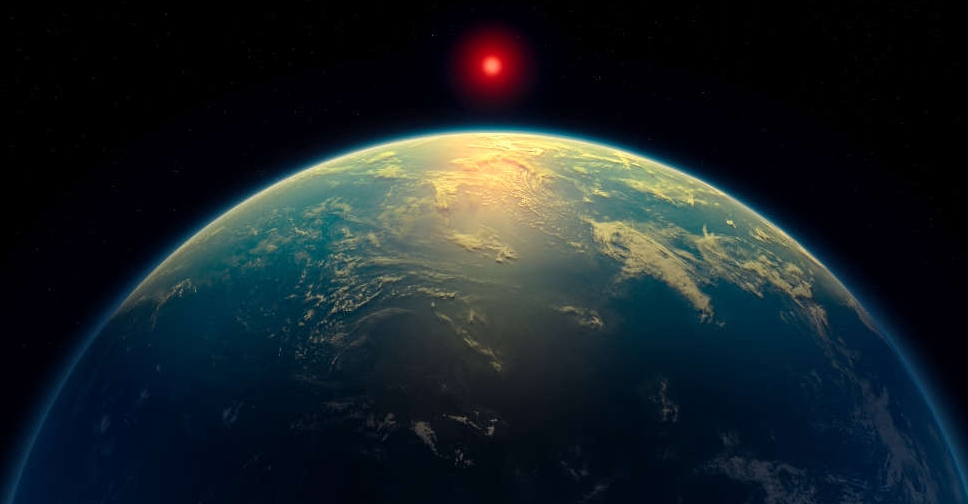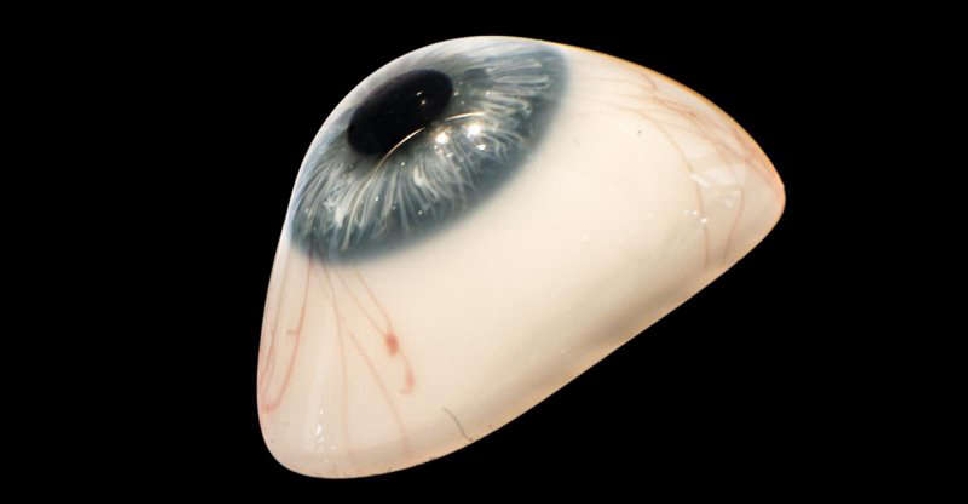
Merely a week after India's successful lunar landing, the Chandrayaan-3 mission has achieved a groundbreaking milestone by conducting its initial scientific assessments of the lunar south pole.
By utilising lasers to analyse the surface composition, the onboard rover has unveiled the presence of sulphur, marking a historic achievement in space exploration.
In a statement, the Indian Space Research Organisation (ISRO) revealed this significant development. "The Laser-Induced Breakdown Spectroscopy (LIBS) instrument onboard Chandrayaan-3 Rover has made the first-ever in-situ measurements on the elemental composition of the lunar surface near the south pole," it said.
This unprecedented achievement offers concrete evidence of sulphur's existence (S) in the region, a revelation previously unattainable with orbiting instruments. Preliminary analyses have also hinted at the potential presence of aluminum, iron, calcium, chromium and titanium. ISRO further stated, "Further measurements have revealed the presence of manganese (Mn), silicon (Si) and oxygen (O). Thorough investigation regarding the presence of Hydrogen is underway."
Though other spacefaring nations such as China, Russia and the US have reached the Moon, India's previous attempts, alongside Russia's, to access the lunar south pole had been met with disappointment.
The southern polar region is widely believed to harbour significant water resources on the Moon. The Chandrayaan-3 rover, aptly named Pragyan, is poised to embark on a two-week endeavour employing its laser system to search for indications of frozen water. Additionally, the rover will dedicate its efforts to atmospheric analysis and the meticulous assessment of the composition within the south pole area.
The discovery of frozen water on the lunar surface bears profound implications. This invaluable resource holds the potential to generate breathable oxygen for future lunar habitats. Moreover, it could serve as a crucial ingredient for rocket fuel, which might play a pivotal role in propelling missions to Mars.





 China pits humanoid robots against humans in half-marathon
China pits humanoid robots against humans in half-marathon
 Scientists find strongest evidence yet of life on an alien planet
Scientists find strongest evidence yet of life on an alien planet
 Unclaimed luggage firm finds 'Goonies' script, Rolex, glass eye
Unclaimed luggage firm finds 'Goonies' script, Rolex, glass eye
 LeBron James becomes first male athlete with Ken doll
LeBron James becomes first male athlete with Ken doll
 Galapagos tortoises become first-time parents aged 100
Galapagos tortoises become first-time parents aged 100


